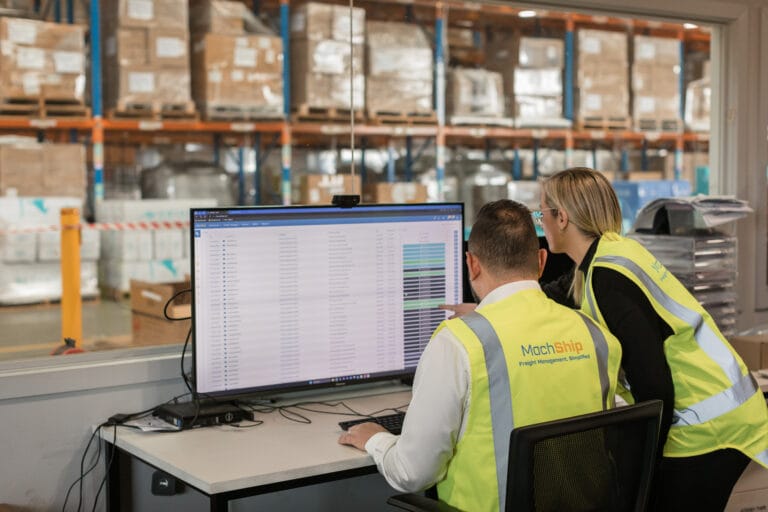Modern distribution centres are under constant pressure: higher order volumes, tighter delivery windows, labour shortages, and rising customer expectations. Yet, one of the least visible bottlenecks often sits at the intersection of freight management and dock scheduling.
When your business relies on multiple carriers, the complexity multiplies. And without tight control over that complexity, your DC dock can quickly become a choke point.
The Pain Points: Where Freight Meets the Dock
Here’s where the disconnect between carriers and docks most often breaks down, creating the bottlenecks that erode efficiency across the whole distribution centre.
1. Carrier Uncertainty = Dock Chaos
Managing multiple carriers without a unified system often means limited visibility. Drivers show up early, late, or unannounced. Without accurate scheduling, you get congestion, idle labour, and wasted dock capacity.
2. Manual Processes = Missed Opportunities
When freight allocation and carrier booking are still handled via spreadsheets, phone calls, or siloed systems, it’s nearly impossible to align warehouse and dock resources in real time. The result? Dock clashes and underutilisation.
3. Freight Variability = Poor Planning
Different carriers mean different cut-off times, service levels, and requirements. Without real-time integration, your dock team can’t anticipate freight flow, leading to reactive management instead of proactive optimisation.
Best Practices: Aligning Multi-Carrier Management with Dock Operations
Forward-thinking distribution centres are addressing these challenges with five practical strategies.
1. Centralise Carrier Management
Adopt a multi-carrier freight platform to unify all carriers into one interface. This provides real-time visibility of rates, allocations, and tracking, so dock teams know exactly what’s coming and when.
2. Integrate Freight and Dock Systems
Freight management and dock scheduling should work hand-in-hand. By integrating both, freight allocation data flows directly into dock scheduling. Carriers are assigned windows automatically, reducing congestion and improving throughput.
3. Automate the Rules
Leverage rules-based allocation and scheduling. For example:
- High-volume lanes → dedicated dock windows.
- Express services → prioritised allocations.
- International freight → pre-cleared with documentation before arrival.
Automation ensures that every carrier and shipment is managed consistently, removing human error.
4. Build Real-Time Visibility Across Stakeholders
Carriers, warehouse teams, and customer service should all see the same live data. This creates accountability, reduces “where’s my freight?” questions, and keeps docks running smoothly.
5. Use Data to Optimise Capacity
Analyse carrier performance and dock utilisation. Which carriers consistently miss slots? Which lanes create congestion? Use this data to renegotiate terms with carriers, refine scheduling, and ultimately increase throughput without expanding physical space.
The Payoff
When freight management and dock scheduling work in harmony, the impact is felt immediately across the entire distribution centre.
- Reduced congestion and wait times.
- More efficient use of labour and equipment.
- Lower freight costs through better allocation.
- Improved on-time delivery performance.
- Happier carriers, customers, and warehouse teams.
Experts Who Can Help
Managing freight and docks in isolation only adds complexity – success comes when the two are aligned. That’s where trusted solutions like MachShip and Mobiledock make the difference.
- MachShip: Australia’s leading multi-carrier freight management platform, trusted by thousands of businesses to simplify carrier complexity, reduce costs, and increase visibility.
- Mobiledock: A proven dock management platform, helping DCs control, optimise, and automate dock scheduling and yard operations.
Together, these solutions give supply chain leaders the tools to remove bottlenecks, scale with confidence, and turn their distribution centres into a competitive advantage.

